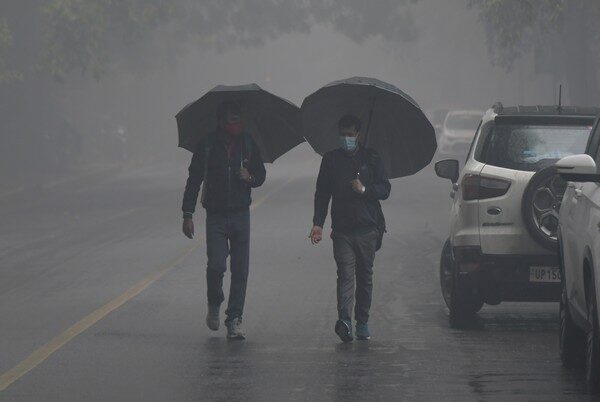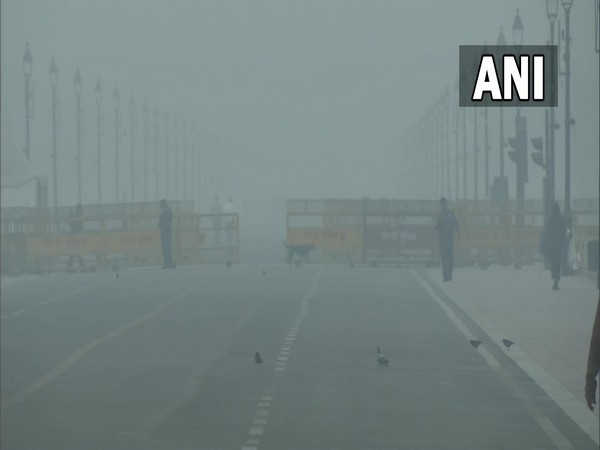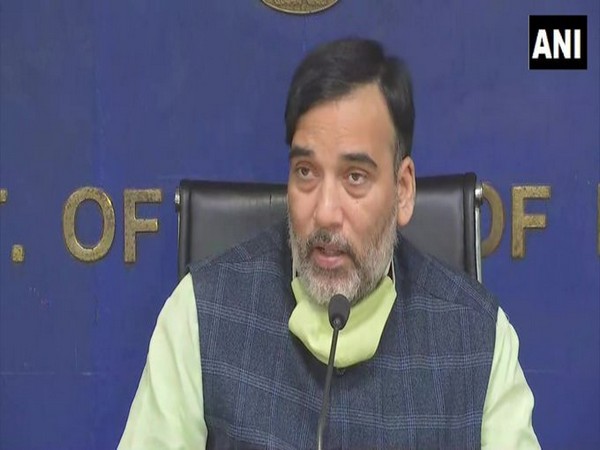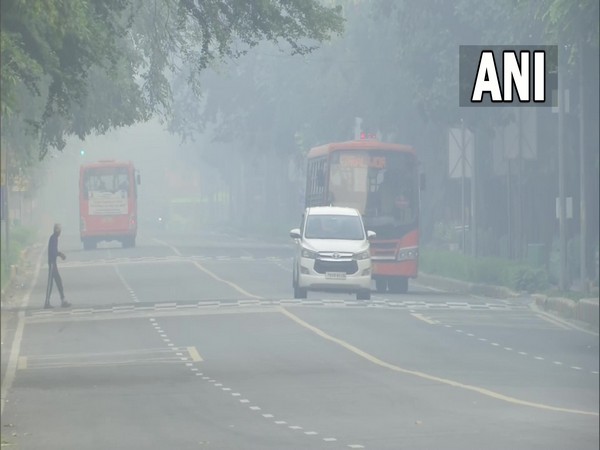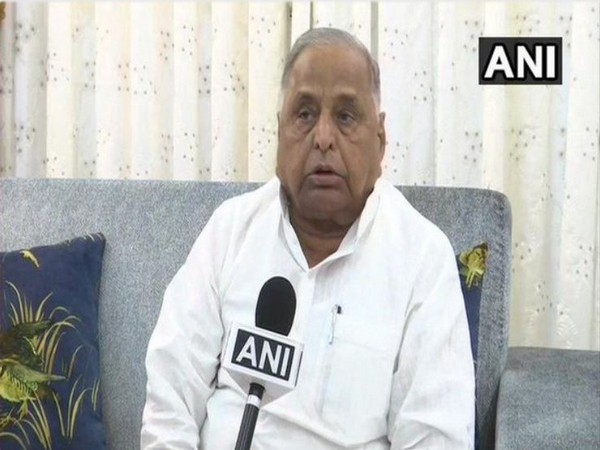The former UP Chief Minister and Samajwadi Party leader Mulayam Singh Yadav is still critical and currently admitted to the ICU and is being treated by a comprehensive team of specialists, said Medanta Hospital in a statement.
Samajwadi Party patriarch Mulayam Singh Yadav has been under treatment since August 22 for his regular medical checkups and examinations. Still, on Sunday suddenly his health deteriorated after which he was shifted to ICU in Medanta Hospital.
The UP CM is 82 years old.
As per reports, his son Akhilesh Yadav, daughter-in-law Dimple Yadav and brother Shivpal Yadav visited the hospital on Sunday.
Earlier, Telangana Chief Minister K Chandrasekhar Rao inquired about the health condition of Mulayam Singh Yadav who was shifted to the Critical Care Unit.
The southern state’s chief had called Singh’s son Samajwadi Party president Akhilesh Yadav.
The Telangana CM also told the SP chief that he would meet Mulayam Singh after Dussehra.
Earlier Bihar Chief Minister Nitish Kumar spoke to Samajwadi Party chief Akhilesh Yadav enquiring about the health of Malayam Singh Yadav who was shifted to the Intensive Care Unit (ICU) at Medanta Hospital in Gurugram on Sunday.
“Chief Minister Nitish Kumar, on receiving information about the deteriorating health of Samajwadi Party Patron Mulayam Singh Yadav, had a telephonic conversation with his son and former Chief Minister of Uttar Pradesh, Akhilesh Yadav and inquired about his health. The Chief Minister has wished for the speedy recovery of Mulayam Singh Yadav,” said the Chief Minister’s Office.
Earlier on Sunday, Prime Minister Narendra Modi spoke to Samajwadi Party (SP) chief Akhilesh Yadav and enquired about his father Mulayam Singh Yadav’s health, said sources.
The sources further said that PM Modi said whatever possible assistance is required, he is there to help.
Defence Minister Rajnath Singh also spoke to Akhilesh Yadav to enquire about his father’s health.
“Spoke to SP chief Akhilesh Yadav after information about the ill health of his father Mulayam Singh Yadav was received. I pray to God that he gets well soon,” tweeted Singh.
Congress leader Rahul Gandhi also wished for a speedy recovery of the former Uttar Pradesh Chief Minister.
“The news of ill health of Mulayam Singh Ji was received. I wish him a speedy recovery,” tweeted Rahul Gandhi.
Earlier, Uttar Pradesh Deputy Chief Minister Keshav Prasad Maurya also wished for the speedy recovery of Mulayam Singh.
“Information was received through the media about the deteriorating health of former Chief Minister of UP, Mulayam Singh Yadav ji, I wish and pray to God for his speedy recovery!” Maurya said in a tweet.
Born on November 22, 1939, Yadav is one of the most prominent leaders of Uttar Pradesh who served as the Chief Minister of Uttar Pradesh thrice and has also served in the Union Government as the Minister of Defence.
He has been elected 10 times as MLA and 7 times as Lok Sabha MP.
In July this year, the Samajwadi Party patriarch’s wife Sadhna Gupta passed away. She was undergoing treatment at a private hospital in Gurugram for a lung infection.
Sadhana Gupta was Mulayam Singh Yadav’s second wife. His first wife, Maalti Devi passed away in 2003. Maalti Devi was the mother of Akhilesh Yadav. (ANI)
Read More:http://13.232.95.176/
